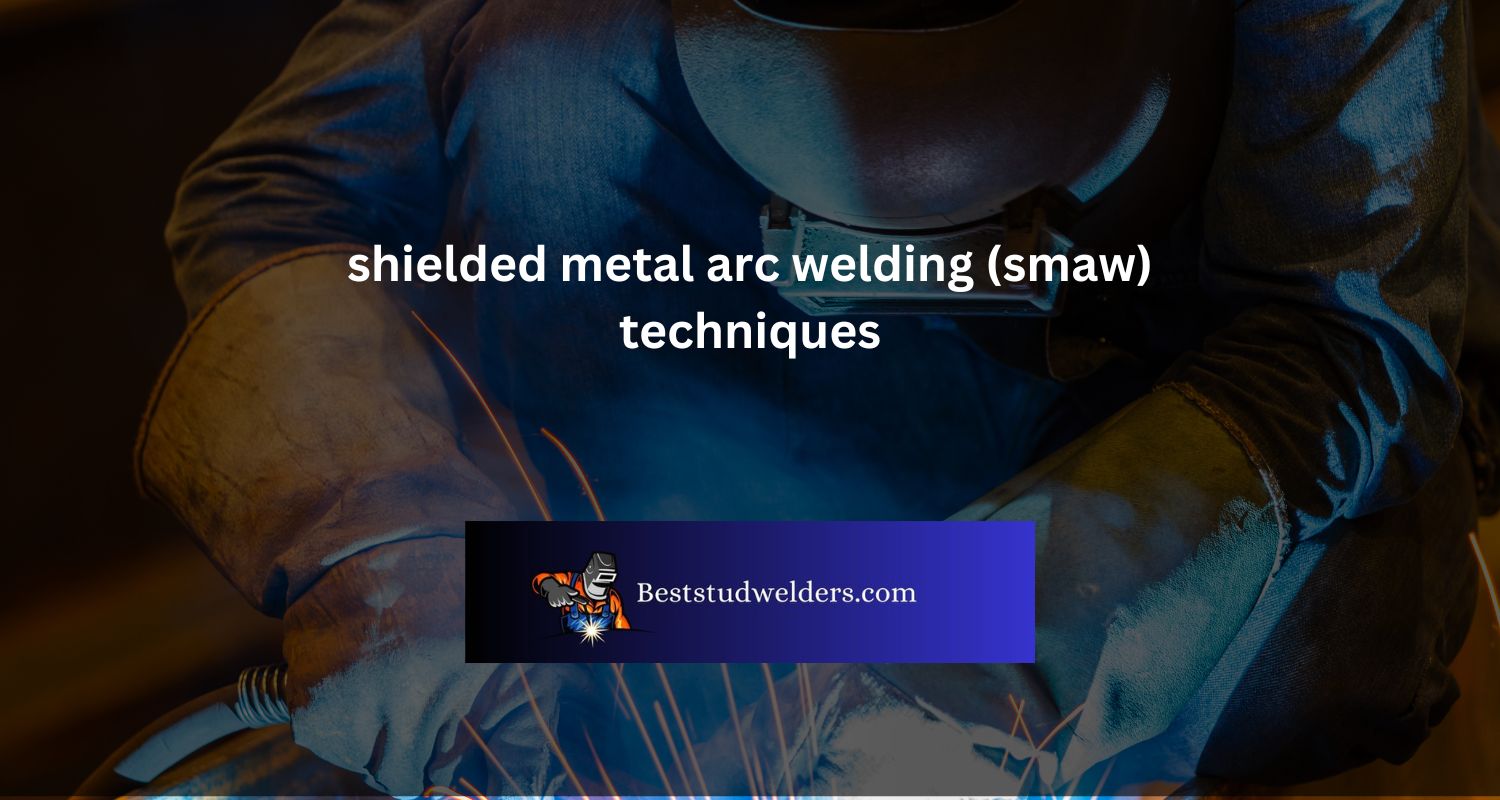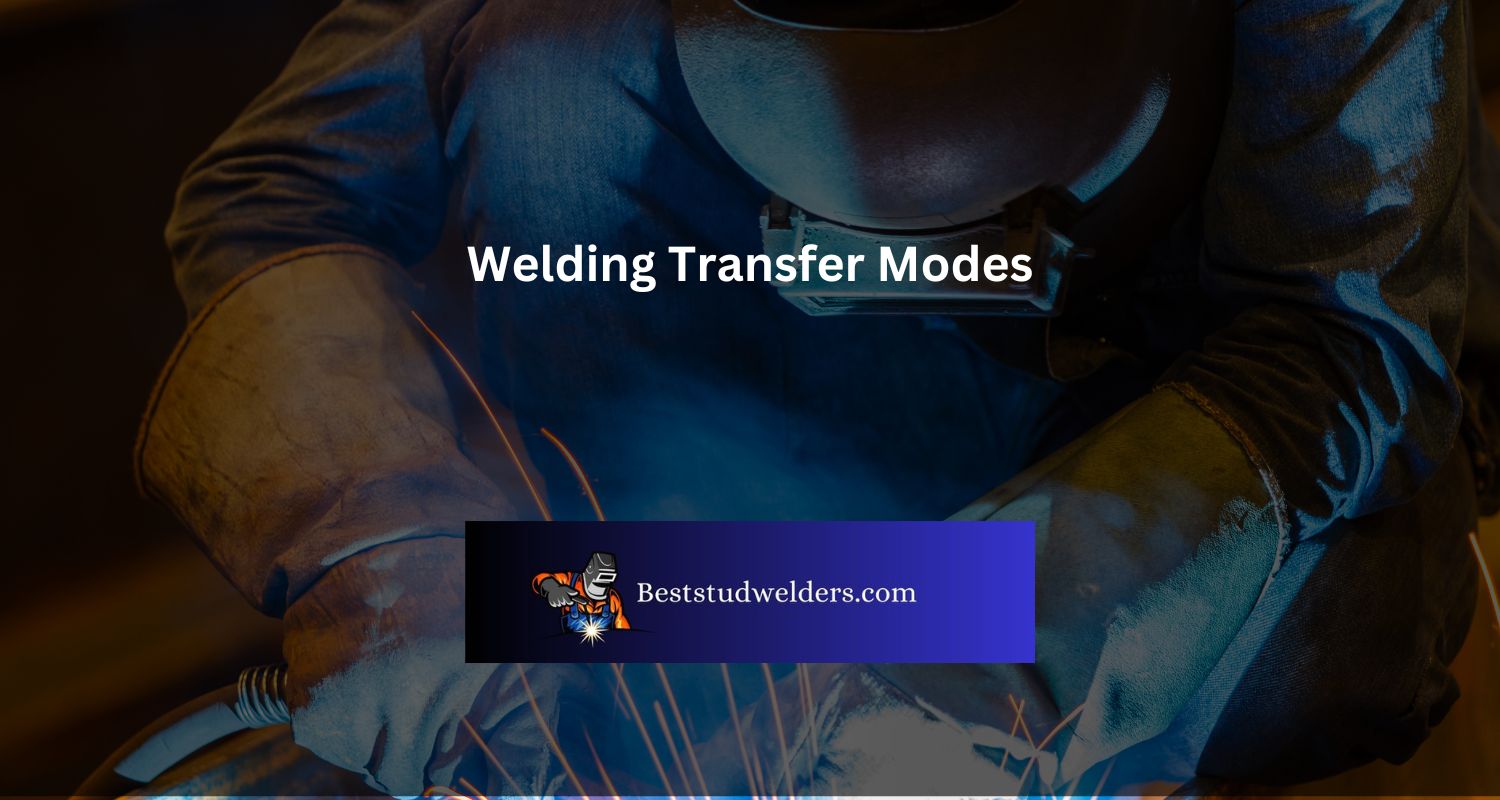Shielded Metal Arc Welding (SMAW), known as Stick Welding, is a process that uses an electric arc between the metal electrode and the base material to join metal parts. It’s widely used in industrial, commercial, and even domestic settings.
SMAW is economical – low equipment requirement, easy availability of consumables, and versatile with different metals. It can be done in most weather conditions – no gas shielding needed.
For optimal results, operators must practice techniques like choosing the right polarity and amperage setting, controlling heat input, and getting a stable arc length. Correct electrode positioning helps too.
Expertise in SMAW requires patience and practice, and you must keep safety precautions in place – failure might cause severe injuries or fires.
A seasoned welder faced a complex situation while stick welding. An expert examined it and revealed an oversight – wrong electrode selection had caused defects on the welded joint. After corrective actions, the project was completed with minimal delay – but at extra cost.
Setting Up for SMAW
To set up for SMAW with preparing the welding equipment and materials needed are the solutions. Before starting the actual welding process, it is essential to have the right equipment and materials on hand, which can make all the difference when it comes to the quality of the finished product.
In the following sub-sections, we will go over the necessary steps for preparing the welding equipment and materials needed for SMAW, so you can ensure you have everything you need to get started.
Preparing the Welding Equipment
Shielded Metal Arc Welding (SMAW) requires the meticulous preparation of welding equipment to achieve optimal results. Follow these six steps:
- Read the manufacturer’s instructions and safety precautions.
- Clean all welding equipment to remove rust and dirt.
- Choose the right welding material, electrode, and polarity.
- Attach a ground clamp securely to the workpiece.
- Install the suitable electric plug on the power cables.
- Set the amperage settings before starting.
For best results make sure all tools are available and functional. These practices can help prevent accidents and boost efficiency.
Pro Tip: Clear any potential obstacles or debris from the workspace to prevent tripping hazards.
Materials Needed for SMAW
To SMAW, you need the essentials.
- Welder and welding cables: Check the condition before connecting the cables.
- Electrodes: Pick one based on the material and technique.
- Protective gear: Wear gloves, a helmet, and flame-resistant clothing.
- Power source: Make sure it can handle the voltage requirements.
Safety is key! Take the necessary precautions and follow the guidelines.
Pro Tip: Double-check your equipment before starting.
.jpg)
Techniques for Shielded Metal Arc Welding
To master the art of Shielded Metal Arc Welding (SMAW) with flawless execution, you need to hone your techniques. In order to achieve seamless SMAW results, you need to start with understanding the right electrode, correct use of arc voltage and amperage, and the proper electrode positioning and arc length.
Choosing the Right Electrode
For Shielded Metal Arc Welding, it is key to think about the base metal type, joint design, mechanical properties and welding position. Look at the table below for common electrodes used for different base metals:
| Base Metal | Electrode Type | AWS Classification |
|---|---|---|
| Mild Steel | E6010,E6011,E7018 | AWS A5.1 |
| Low Alloy Steel | E8018-B2,E9018-B3 | AWS A5.5 |
| Stainless Steel | E308L-16,E309L-16,E316L-16 | AWS A5.4 |
| Cast Iron | ENiFe-CI,ENiCu-B,BN,BW-FCI,MZ-A,L-NiFe-CI. | AWS A5.15 |
It is essential to select an electrode of an appropriate size which matches the thickness of the material being welded. Moreover, proper storage and handling of the electrode to avoid moisture is necessary.
Understand the classification system to help pick a suitable electrode based on size, minimum tensile strength, current range and other characteristics.
Do not forget! An incorrect electrode may lead to porosity, cracking or even weld failure.
Correct Use of Arc Voltage and Amperage
To correctly Shield Metal Arc Weld, you need the right voltage and current. Incorrect use can result in bad weld quality, too much spatter, and overheating of the electrode. You must understand the connection between Voltage and Amperage and how it affects the weld’s quality.
The chart below displays proposed settings for Voltage and Amperage for different thickness of metal. These are general guides only, and you might need to adjust them based on particular welding conditions.
| Material Thickness | Electrode Diameter | Current (Amperage) | Voltage Range |
|---|---|---|---|
| Up to 1/8 inch | Up to 3/32 inch | 40 – 70 | 18 – 22 volts |
| Up to 1/4 inch | Up to 1/8 inch | 60 – 100 | 20 – 24 volts |
| Up to 3/8 inch | Up to 5/32 inch | 80 – 130 | 22 – 26 volts |
| Up to 1/2 inch | Up to 5/32 inch | 100 – 150 | 24 – 28 volts |
You must not go beyond these ranges or else you will get bad results. By using the correct Voltage and Amperage, you can get even penetration into the base metal, less spatter, a secure arc, a neat weld bead look, and minimal undercutting.
Pro Tip: Before you begin any welding project, consult your welding machine maker or check the packaging label of the electrode for recommended Voltage/Amperage ranges.
Proper Electrode Positioning and Arc Length
For optimal Shielded Metal Arc Welding outcomes, it is paramount to apply the right electrode positioning and arc length techniques. These are critical for successfully bonding metal parts.
Here are five steps to ensure successful welding:
- Positioning: Keep the electrode at a 90-degree angle to the workpiece, about one-eighth inch away from the surface.
- Angle: Hold it between 10-15 degree angle towards the direction of travel. No more than 20 degrees.
- Length: Maintain an arc length equal to the electrode’s diameter.
- Speed: Move steadily for consistent welds.
- Cleanliness: Ensure both surfaces are clean with no rust or paint, using the right cleaning solutions.
Incorrect electrode positioning or arc length can lead to lack-of-fusion or burn-through of material. Monitor and adjust your technique based on changing contours, electro polarity settings, position, or required penetration depth.
To guarantee high-quality welding results, it is essential to know and practice proper electrode positioning and arc length techniques. Don’t miss out on optimal Shielded Metal Arc Welding results due to poor technique. Use these tips to get flawless welds!
Safety Precautions for SMAW
To ensure you stay safe while doing Shielded Metal Arc Welding (SMAW), you need to take adequate precautions. In order to do that with Protective Gear for Welders, and Safe Handling of Electrodes and Welding Machine, we have got you covered. Let’s take a look at each of these sub-sections and how they can keep you safe while you weld.
Protective Gear for Welders
Protective Measures for Welding Professionals are essential to ensure safety and welfare. Apparel providing partial or complete coverage is necessary to prevent skin burns. Eye protection is needed against harmful rays and sparks.
Earplugs and earmuffs shield hearing from loud noises. Helmets stop the welder’s face from dangerous gases. Gloves protect tactile sensation while safeguarding hands. Respirators exchange oxygen with breathable air with smoke present. Shoes protect feet and aid balance in a greasy or wet environment.
Selecting Protective Measures for Welding Professionals aims to reduce injuries and keep them safe. PPE significantly lowers the chance of injury, offering peace of mind and allowing them to focus on quality services. Don’t risk health consequences by disregarding PPE. Protect yourself with Helmets, gloves, respiratory apparatus, ear defenders etc. Always be safe in any working conditions!
Safe Handling of Electrodes and Welding Machine
Working with welding equipment and electrodes safely is important to avoid accidents. Precautions must be taken for both elements, like inspecting welding machines and wearing protective gear, such as gloves, goggles, and full coverage clothing.
Electrodes must be kept dry and clean. The user should maintain a constant distance between the workpiece and electrode while monitoring their position. Striking bent rods against a hard surface to straighten them should be avoided, as this can cause cracks, deformation, or even breakage in some materials. Storing electrodes in covered areas will keep them away from moisture and other metals.
My colleague had a frightening experience while welding on-site. He touched a hot electrode against his steel-toed boots, but luckily his protective gear prevented a potentially fatal electric shock. This is a reminder to always double-check our position before making any movement when using these tools.
Troubleshooting Tips for SMAW
To troubleshoot welding defects in SMAW with techniques and tips, you need to identify the common defects and know how to fix them. Additionally, maintaining consistent weld quality is crucial for avoiding defects. In this section, we’ll cover these sub-sections and provide practical solutions for troubleshooting your SMAW welds.
Common Welding Defects and How to Fix Them
Welding Defects and Troubleshooting Tips
Welding defects can cause harm and ruin the quality of a welded joint. Knowing the most common welding defects is key for high-quality welding. Here are some tips to fix them:
- Cracks: Preheat metal, control heat input while welding, use low-hydrogen electrodes.
- Porosity: Check gas flow & coverage, remove surface contamination, adjust voltage polarity or amperage settings.
- Undercutting: Change travel speed, alter electrode angle or size, increase current density.
- Incomplete fusion: Make sure materials fit properly, use suitable welding technique for materials, increase current density & welding speed.
- Spatter: Clean contact tip, reduce voltage or amperage settings, control wire feed speed with sprays from manufacturer.
It’s important to remember that distinct metals react differently to temperature changes than other metals. Consequently, it is essential to know the material-specific needs before welding.
To keep away from these welding defects, make sure all gear is well-maintained and calibrated. Preparing surfaces also assists in improving weld quality. Lastly, be sure you have enough practice with SMAW techniques and always follow safety protocols when dealing with hot materials.
By following these troubleshooting tips and taking precautions when necessary, the chance of having these defects will decrease greatly.
Tips for Maintaining Consistent Weld Quality
Consistent Weld Quality is vital for welding success. Here are some tips to maintain it:
- Joint Prep: Make sure it’s clean and free from contamination. This helps with adhesion and filler material penetration.
- Electrode Selection: Pick the right one depending on metal and requirements. Size, type and composition matters.
- Technique: Use the right angle, travel speed and current settings.
Keep the equipment and workshop in good condition. Safety and cleanliness are key. Check earth-leakage trip protection. Ensure sufficient ventilation and illumination too.
Pro Tip: Record operations – welder/operator name & code, inspections & tests, welding parameters, and non-destructive testing details. This will help trace errors and improve processes.
Conclusion
Shielded Metal Arc Welding (SMAW) provides many advantages for metal fabrication. It is popular because it can be used in many industries and requires minimal equipment, making it cost-effective.
A major benefit of SMAW is its ability to weld thick materials. It also has good joint penetration, making it great for high strength and thick materials. Plus, SMAW creates neat welds that do not need much post-welding clean up.
SMAW is also great for outdoor environments. It uses stick electrodes and doesn’t need external shielding gas. Different sizes and compositions of electrodes can be used for various applications.
Pro Tip: Keep the electrode dry before use for optimal performance. Store unused electrodes above 50℉ in a controlled environment and keep them away from moisture.
Frequently Asked Questions
What are some tips for beginners starting out with SMAW?
Some tips for beginners starting out with SMAW include practicing on scrap metal, using the correct amperage setting, and ensuring proper electrode positioning.
What are some common mistakes to avoid while performing SMAW?
Common mistakes to avoid while performing SMAW include not cleaning the surface before welding, using the wrong electrode for the type of metal being welded, and not maintaining a consistent arc length.
What are the advantages of using SMAW?
Some advantages of using SMAW include the ability to weld in outdoor and dirty environments, versatility in welding different types of metals, and the affordability of equipment and consumables.
What are some safety precautions to take while performing SMAW?
Some safety precautions to take while performing SMAW include wearing proper protective gear such as gloves, a welding helmet, and safety glasses, ensuring proper ventilation in the workspace, and keeping flammable materials away from the welding area.
How do I know which type of electrode to use?
The type of electrode to use depends on the type of metal being welded. Consult a welding chart or speak with a welding supplier or instructor for guidance.
Paul Dixon is a certified welder with a wealth of experience in welding and related technologies. He started his career as an apprenticeship in welding, where he learned the ropes and acquired extensive skills in the craft.
Over the years, Paul has continued to sharpen his expertise, earning him top-rated welding certification. He remains one of the most outstanding welders in the industry.







